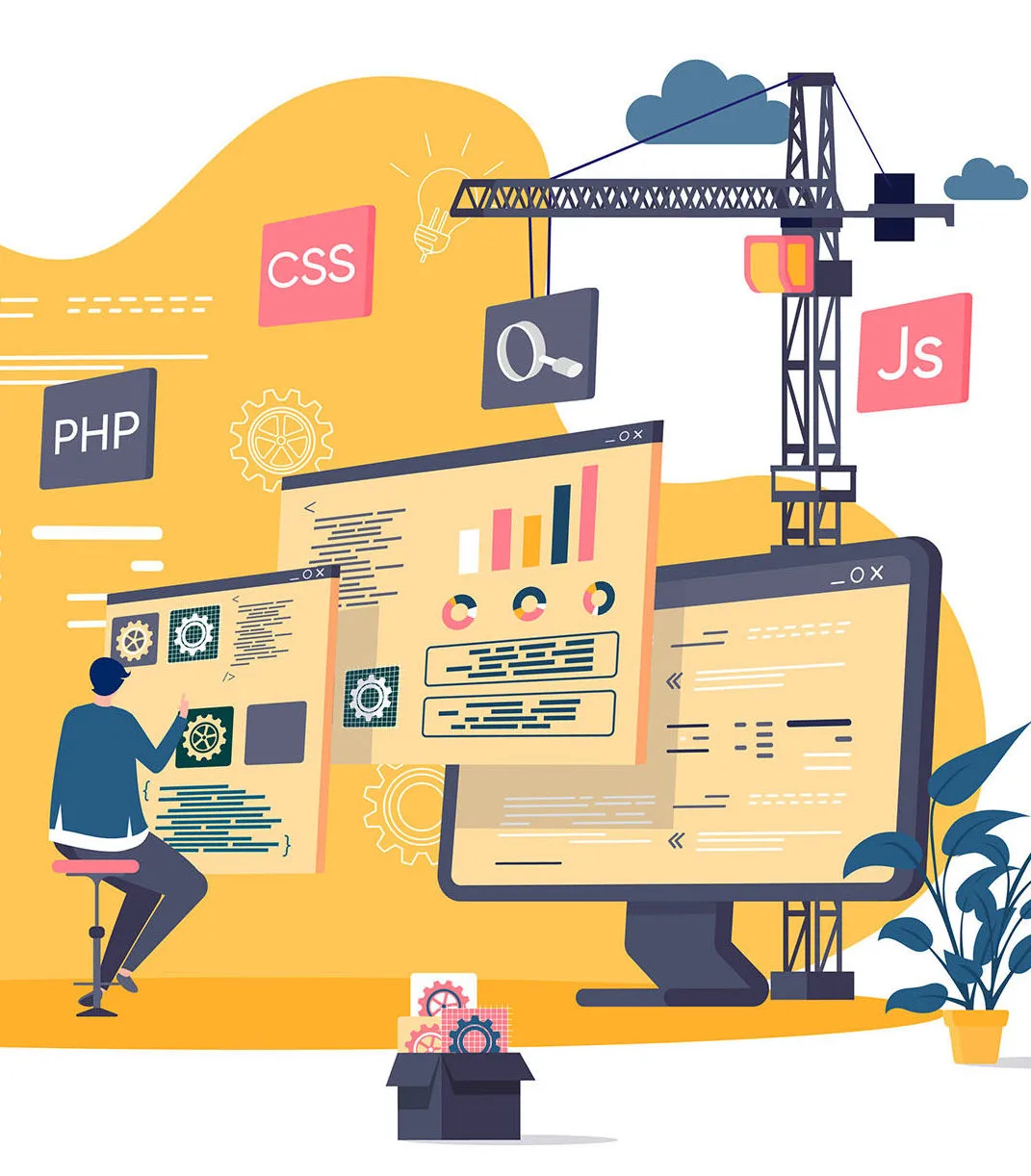Be the first to know
Sign up for a weekly dose of tech hiring news and updates.
According to the latest Stack Overflow survey, 55% of developers consider themselves full-stack engineers – which is good news for any company looking for all-around talent to benefit their projects.
Still, finding and hiring the right full-stack developers can be a challenge. After all, this fuzzy job description can encompass a wide range of skills and responsibilities, and employers need to take the right steps to find suitable engineers.
Let’s explore these challenges and find out how you can streamline your recruiting process while creating a positive candidate experience.
What makes hiring full-stack developers tricky?
Full-stack engineers are multi-skilled experts who are familiar with the frontend and backend parts of apps and software. Their reputation for being a jack-of-all-trades and having an eye for the big picture makes them highly sought after throughout the tech industry.
But companies that fail to recognize the versatility of these developers can make their tech recruiting a long and unpleasant experience that doesn’t lead to the desired outcome.
Full-stack developers can be great team leaders or CTOs, are indispensable for rapid MVP development, help lay the foundation for new teams, and fill skill gaps in existing ones. Because they bring different specializations, focus, and experience, tech recruiters need to understand what requirements the new developer should meet to avoid spending time screening and interviewing unsuitable candidates.
Ultimately, companies that go into recruiting unprepared may hire the wrong developer. Or they may employ a great engineer who quickly becomes dissatisfied because they were given a false impression of the job.
So be sure to follow these four steps to overcome the above challenges and create a winning experience for everyone involved.

1) Lay a solid foundation for your technical recruiting.
Start with a planning phase and get input from the people who will be working closely with the newly hired developer – this could be a CTO, a development team leader, or an entire tech team.
Consider addressing the following questions:
- What responsibilities will the new developer have?
- What skills and experiences must they have to accomplish their job? Define required programming languages, tech stacks, tools, development and testing methods, etc.
- What does the ideal full-stack dev look like for the technical team?
- How do you need to design the recruiting process to align with your DE&I efforts?
- How can you ensure you are attracting diverse technical talent in your sourcing and job posting?
Take your time, as you’ll refer to this definition repeatedly during the recruiting process, which will save you a lot of time and headaches.
2) Craft a concise job description.
Putting in the effort to create a meaningful job posting helps you lay the foundation for creating a positive candidate experience. You’ll better understand what you’re looking for, and applicants will appreciate the work and thought you put into the process.
Specify the skills, technologies, and languages with which the candidate should be familiar, and share desired focus areas plus specializations. Also, write down other responsibilities that the role entails. For example, a team leader requires different skills and experience than a solo developer for your next MVP.
Try to define all the essential characteristics of your full-stack developer position that candidates need to know to envision working at your company.
3) Assess full-stack development skills with code tests.
Code testing can be a great way to assess real-world skills across your tech stack that doesn’t take up too much time and gives all candidates an equally fair chance.
It’s a good idea to start with a test that ensures a candidate meets the basic requirements for a full-stack position, such as language-agnostic programming tasks. Complete this with more specialized tests that help you assess how well a candidate fits the more specific demands of the job.
Dedicated tools like Codility’s CodeCheck are essential for efficient code testing. They provide you with an extensive library of tasks from different disciplines, difficulty levels, and programming languages to assemble tests for various full-stack developer positions. Moreover, CodeCheck comes with a user-friendly coding environment so developers can enjoy the same fair and unbiased candidate experience.
Read more like this: Is Your Technical Hiring Tool “Valid” for Your Recruitment Process?
4) Conduct insightful and fair candidate interviews.
In interviews, mitigate unconscious bias through skills-based hiring practices by focusing on skills such as the candidate’s full-stack engineering experience, work methods, and other skills you can’t assess via code testing. Then, together with other developers or team leaders, paint a clear picture of the position and how the candidate can fill this role to enable mutual growth.
Especially with remote interviews, it can be a challenge for orgs to provide a personal and fair candidate experience. But the right interview tools enable you to create a workspace that closely resembles the real thing.
With CodeLive, you can host video chats with multiple people and have candidates use a whiteboard to demonstrate their points through visualization. Moreover, your developers can use the shared coding environment to conduct code tests on the fly and pair programming activities.
For example, Unity saved 2,200 hours of remote interview time with Codility and transformed the candidate experience to attract even more top talent. These features help you create a positive candidate experience, fully engage in the interview process, and potentially hire the ideal developer – faster.
Understanding what you’re looking for in a future full-stack developer will help you streamline your technical recruiting to find the right developer quickly. Create a detailed description of the job requirements and use dedicated tools to assess skills and conduct remote interviews. This way, you can give developers a fair chance and create a positive candidate experience.
Want more insights on building remote engineering teams & tech hiring trends? Sign up for our newsletter & never miss a beat.
